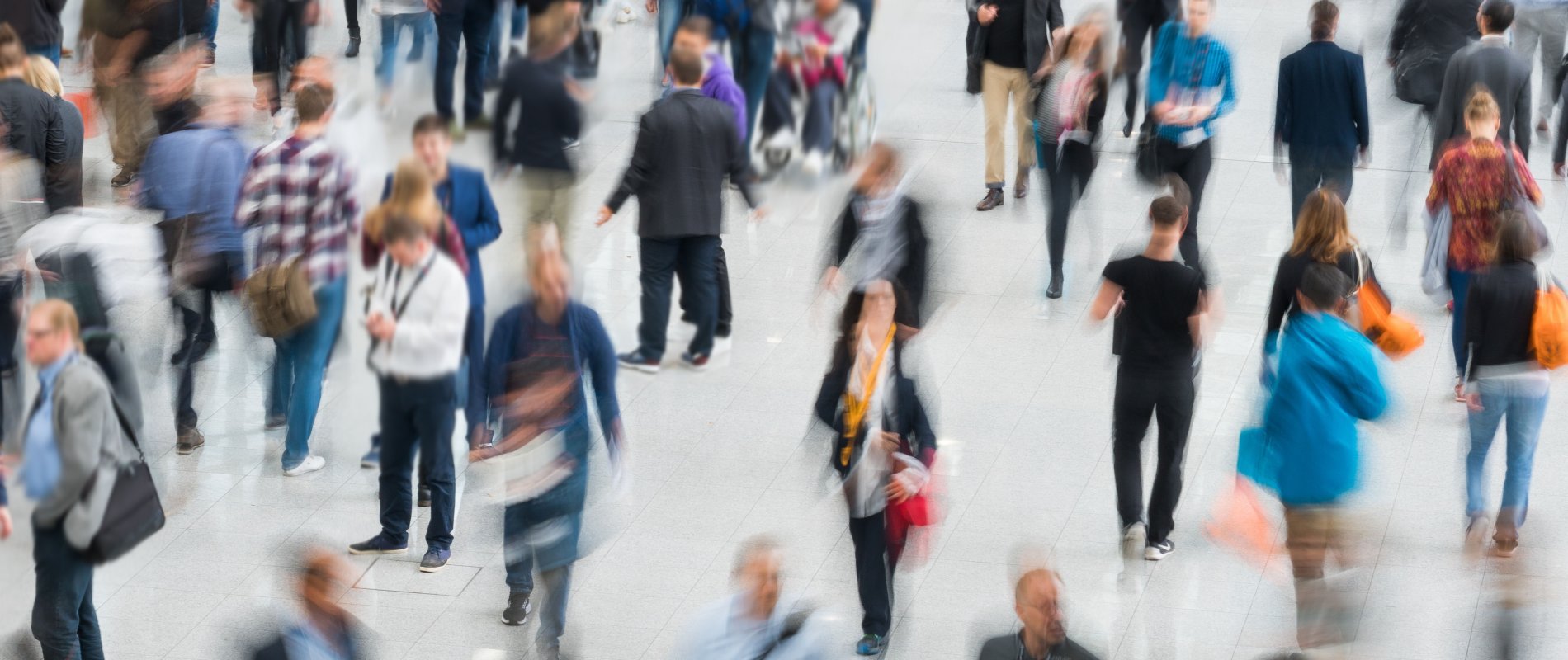Inclusive mobility: making sure no one is left behind
05.05.2023
Just as we speak of a "social divide" or a "digital divide" to define inequalities among the population, there is a divide in the field of mobility, reflecting the difficulties that some people have in moving around independently. Encouraged by the LOM (Mobility Orientation Law), inclusive mobility provides an initial response.
Since the beginning of the industrial era (and thanks to the related technical progress), the word "distance" has substantially changed in meaning, giving the impression that the planet has shrunk. If we look at the daily distances traveled in France, we can see that in 1840, walking and horseback riding allowed us to cover 4 km*; in 2019, we totaled... 51.8 km*/day/person, of which more than 32 km* was by car - walking, public transport and soft modes totaling about 10 km*. This average shows the ability to travel using fossil fuels, but it masks inequalities: what about disabled users and elderly people who need more adapted services? What about people living in areas with insufficient public transport or alternative mobility? Among senior citizens, 5 million people say they cannot leave their homes for 24 hours at a time** without being able to do their shopping or go to the doctor; among job seekers, 28% have given up a job (or training) because of mobility difficulties.
For territorial and social equity
Aiming at deploying sufficiently different offers adapted to a living area, inclusive mobility is therefore a major issue in terms of equality and fundamental freedom in our society. It must allow for a better networking of the territories thanks to public transport networks, to develop frugal mini-hubs of infrastructures (meeting place between bike paths, carpooling / carsharing and associated services) coming in addition to the big multimodal hubs (train station)... to limit as much as possible the use of the individual car.
In addition, local authorities will have to break down barriers and organise servicial and readable mobility. To do this, communication to target audiences can be established and the use of digital services facilitating mobility encouraged. Such as the Moov'Hub platform of Mobility by Colas, a global and territorial solution that integrates a tailor-made range of mobility and parking services. It accompanies communities in the development of the attractiveness of their territory by observing the mobility needs present, by adapting the mobility offers according to the uses, by encouraging the change of behaviour (favouring certain services during peak periods of pollution, reducing autosolism) or by linking sometimes isolated territories by promoting intermodality. This is in order to improve the development and sharing of urban space. Continuing to abolish distances for everyone, in short...
Sources: *Les transports face au défi de la transition énergétique. Explorations entre passé et avenir, technologie et sobriété, accélération et ralentissement, thèse d’Aurélien Bigo (2020)
**Laboratoire de la Mobilité Inclusive


